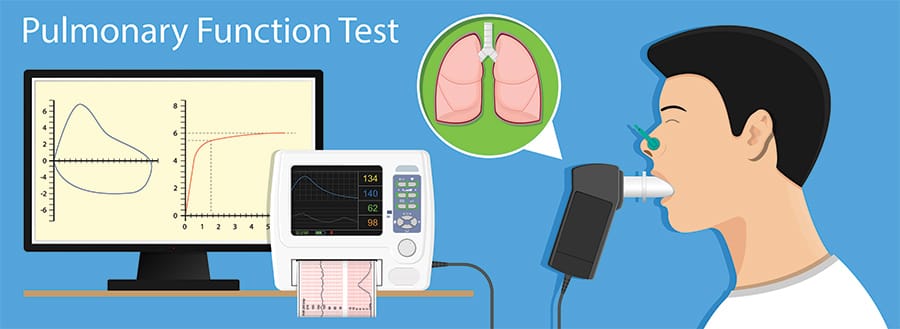ASTHMA

Asthma
Asthma is a chronic or recurrent respiratory condition characterised by episodes of breathing difficulty, coughing and wheezing. Around one in nine people in Australia suffer from asthma. Asthma can begin at any age though it is rarely diagnosed before the age of 2 years.
Anatomy of Asthma
During an asthmatic episode the breathing tubes or ‘bronchi’, become inflamed and swollen. This causes narrowing the airways making it hard to breathe.
An ‘asthma attack’ occurs when symptoms worsen, steadily or suddenly. In severe cases individuals may need to be hospitalised.
What are the Causes of Asthma?
Doctors are still not sure why some people suffer from asthma, but episodes and attacks can be triggered by a number of factors including:
Respiratory or viral infections (most common cause in preschool children),
Allergens (i.e. dust mites, fur, pollen and mould),
Irritants (i.e. smoke, air pollution, chemicals and aerosols),
Medicines (such as aspirin or certain anti-inflammatory drugs),
Stress, Weather changes especially cold air, Exercise.


What are Symptoms of Asthma?
There are several common symptoms associated with asthma:
Shortness of breath,
Wheezing (a high pitched whistling sound),
Chest tightness,
Rapid, shallow breathing,
Coughing,
Anxiety or panic (caused by shortness of breath),
During an asthma attack these symptoms are more intense and will gradually or suddenly get worse.
Typically symptoms of asthma are more likely to affect individuals early in the morning or at night time.
Certain environmental and other factors can also trigger episodes or attacks. If you or your child is experiencing any of these symptoms it is important to call the practice or hospital urgently.
How is Asthma Diagnosed?
Many people will experience the onset of wheezing and shortness of breath at some stage, but most will not develop asthma.
In order to make the diagnosis our doctors will first need to take a detailed medical history. An example of some questions that might be asked include:
What Are Your Symptoms?
How often do you suffer from these symptoms?
Are you aware of any causes or triggers for these symptoms?
Is there any family history of asthma or hay fever?
It may help to keep a diary of any symptoms before you see our doctors.
If the doctor suspects that asthma is the likely cause of the patient’s symptoms they may request some lung function tests.
TESTS TO BE PERFORMED
Spirometry
A spirometer measures how much air you breath out. Patients take a deep breath and then breath into a mouthpiece attached to the spirometer.
The results are then compared to the averages for people of the same age, sex, and height of the patient. This test can be a useful way of determining if the cause of symptoms is asthma or another lung condition. This test can be done in children from 5 years of age.
Airways Responsiveness Test
This is a more specialised test, typically administered only if the results from the peak flow meter or spirometer are inconclusive.
Patients are exposed to a trigger, a medication which causes an asthmatic reaction, and then asked to breathe into a spirometer. There may be several stages to the test, each one requiring the patient to breathe in slightly more of the trigger.
If there is no reaction then the patient is unlikely to be suffering from asthma. Children 8 years and older can generally perform this test.
Testing Airway Inflammation
You breathe into a special machine to measure the levels of nitric oxide in their breath; high levels can indicate inflammation in the airways.
Testing for allergies can also help our doctors determine whether the patient’s symptoms are linked to a specific allergy.
It can be particularly difficult to diagnose asthma in children under five years. If none of these tests are suitable for a child, the doctor will usually suggest the use of an inhaler or another type of asthma medication on a trial basis to see if it alleviates the regularity and severity of symptoms.

HOW CAN ASTHMA BE TREATED?
Asthma symptoms can be easily managed and controlled and patients can lead regular, healthy lifestyle when their condition is treated properly. There are a variety of treatment options available:
Relievers
These are the most common medicines prescribed in asthma. The most common relievers are inhalers like Salbutamol (Ventolin) and Terbutaline (Bricanyl). These are designed to be taken during an attacks and to relieve symptoms quickly. If your child is needing their reliever frequently (e.g. weekly) it may be a sign they need to go on a preventer.
Preventers
These medications are taken every day to prevent attacks from happening. They may be inhalers ( e.g. Flixotide, Pulmicort) or in tablet form (Montelukast). If your child is having frequent or persistent asthma symptoms they may need to take a preventer. If your child is on a preventer you should take them to visit your doctor regularly to assess the response and adjust the dose.
Spacers
Spacers are small plastic devices which fit onto the end of a pressurised inhaler. They make it possible for the patient to slowly and gradually breath in the dispersed medicine.
These are more suitable for children. Patients can discuss these treatment options with their doctor to determine the best way to control and manage their asthma.
Book an Appointment
Need to schedule a visit with one of our specialists? It’s easy! Just click on “Book an Appointment” button below.
Book your appointment online today and get the care you need from our qualified healthcare professionals.
Contact Info
Address
24-A Shah Complex, opposite OPD gate of SMHS Hospital, Karan Nagar, Srinagar, Jammu and Kashmir 190010
Phone
94190 07775 | 01942504864
lungkashmir@rediffmail.com
